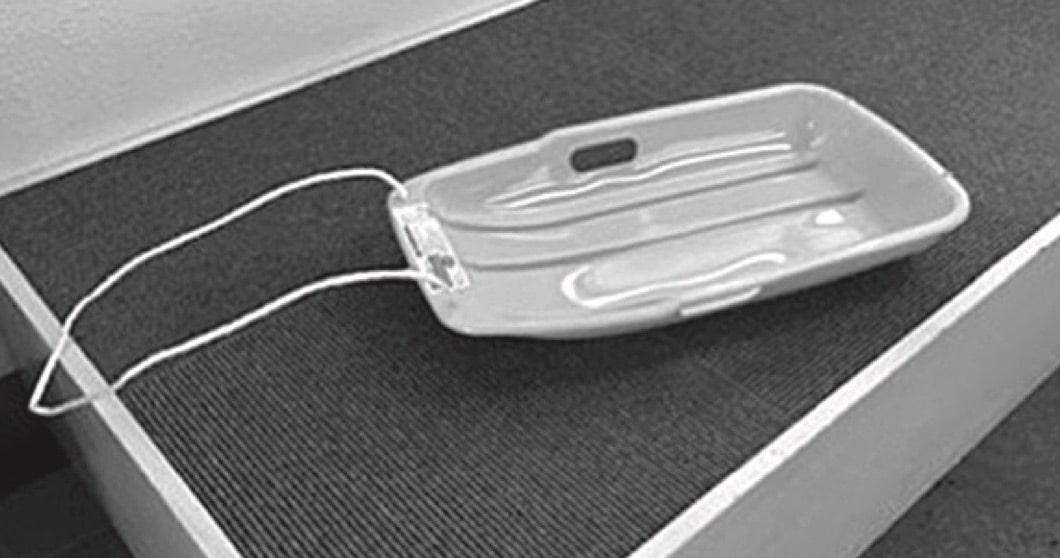Which manufacturing process is used to make soft drink bottles out of polyethylene terephthalate (PET)?
- Stamping
- Extrusion
- Blow moulding
- Rotational moulding
Aussie Maths & Science Teachers: Save your time with SmarterEd
Which manufacturing process is used to make soft drink bottles out of polyethylene terephthalate (PET)?
\( C \)
Making soft drink bottles out of PET:
\(\Rightarrow C \)
Truck tyres are made using vulcanised synthetic rubber combined with high tensile steel wire.
Explain why this combination of materials has been chosen. (3 marks)
--- 6 WORK AREA LINES (style=lined) ---
Vulcanised synthetic rubber construction:
Vulcanised synthetic rubber construction:
Sleds are used to slide loads over soft surfaces such as grass, sand and snow. They can be made using polypropylene.

--- 6 WORK AREA LINES (style=lined) ---
--- 6 WORK AREA LINES (style=lined) ---
i. Polypropylene properties
ii. Manufacturing method:
i. Polypropylene properties
ii. Manufacturing method:
The following images show an older bus and a contemporary bus.

--- 5 WORK AREA LINES (style=lined) ---
--- 6 WORK AREA LINES (style=lined) ---
i. Toughened glass is formed by:-
ii. Production of curved glass panels:
i. Toughened glass is formed by:-
ii. Production of curved glass panels:
Which of the following manufacturing methods can be used to produce complex polymer components?
`D`
By Elimination:
`=>D`